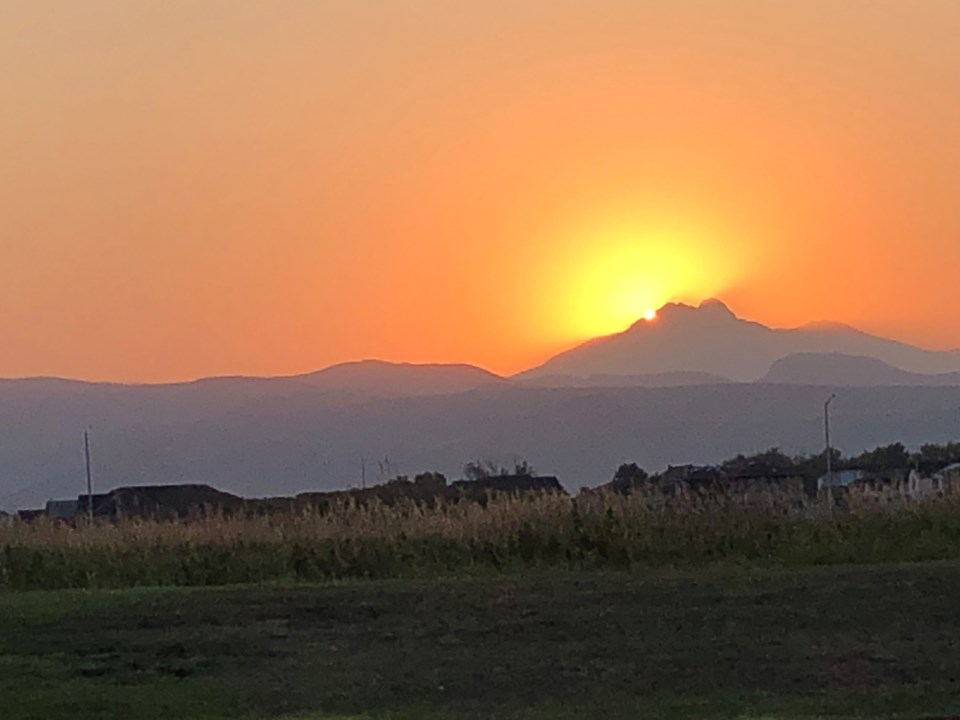The Longmont Leader accepts contributions, photos, and op-eds for publication from community members, business leaders and public officials on local topics. Publication will be at the discretion of the editor and published opinions do not represent the views of the Longmont Leader or its staff. To submit a contribution, email [email protected].
Earlier this month, CDPHE (Colorado Department of Health and Environment) noted a high benzene reading of 9.9 PPM at Union Reservoir. Many may be left wondering what this means for residents. City staff says all is fine, but why did CDPHE even mention it if it didn't mean anything?
When researching for information to see what this might mean, I found the literature to be somewhat confusing. Many articles measure the levels using PPM (parts per million) or PPB (parts per billion), but all agree that benzene is a known carcinogen.
The WHO (World Health Organization) states: “Human exposure to benzene has been associated with a range of acute and long-term adverse health effects and diseases, including cancer and aplastic aneamia. Exposure can occur occupationally and domestically as a result of the ubiquitous use of benzene-containing petroleum products, including motor fuels and solvents.” Other references also note that benzene is a carcinogen and mention leukemia as one of the cancers.
One of the main takeaways when scouring websites for NIOSH, OSHA and CDC is that the data is based on adults in a work environment. The New Jersey Department of Health workplace safety sheet notes that there may be no safe exposure to benzene.
None of the websites refer to families who are exposed 24-7 because they live a few hundred feet from fossil fuel extraction or what the consequences of exposure to not only benzene but what happens when benzene is mixed with the other compounds such as toluene and becomes part our the air in our community?
One article (Adverse Health Effects of Benzene Exposure Among Children Following a Flaring Incident at the British Petroleum Refinery in Texas Citystudied the effects on children ) showed changes in blood counts and liver enzymes. “These findings suggest that children exposed to benzene are at a higher risk of developing both hepatic and bone marrow-related disorders.”
It is our belief that the Longmont City Council should work with CDPHE, the Air Quality Control Commission and Boulder County Department of Health to impose regulations on the fossil fuel industry to protect the air of Longmont residents.
Karen Dike
Longmont Climate Community



